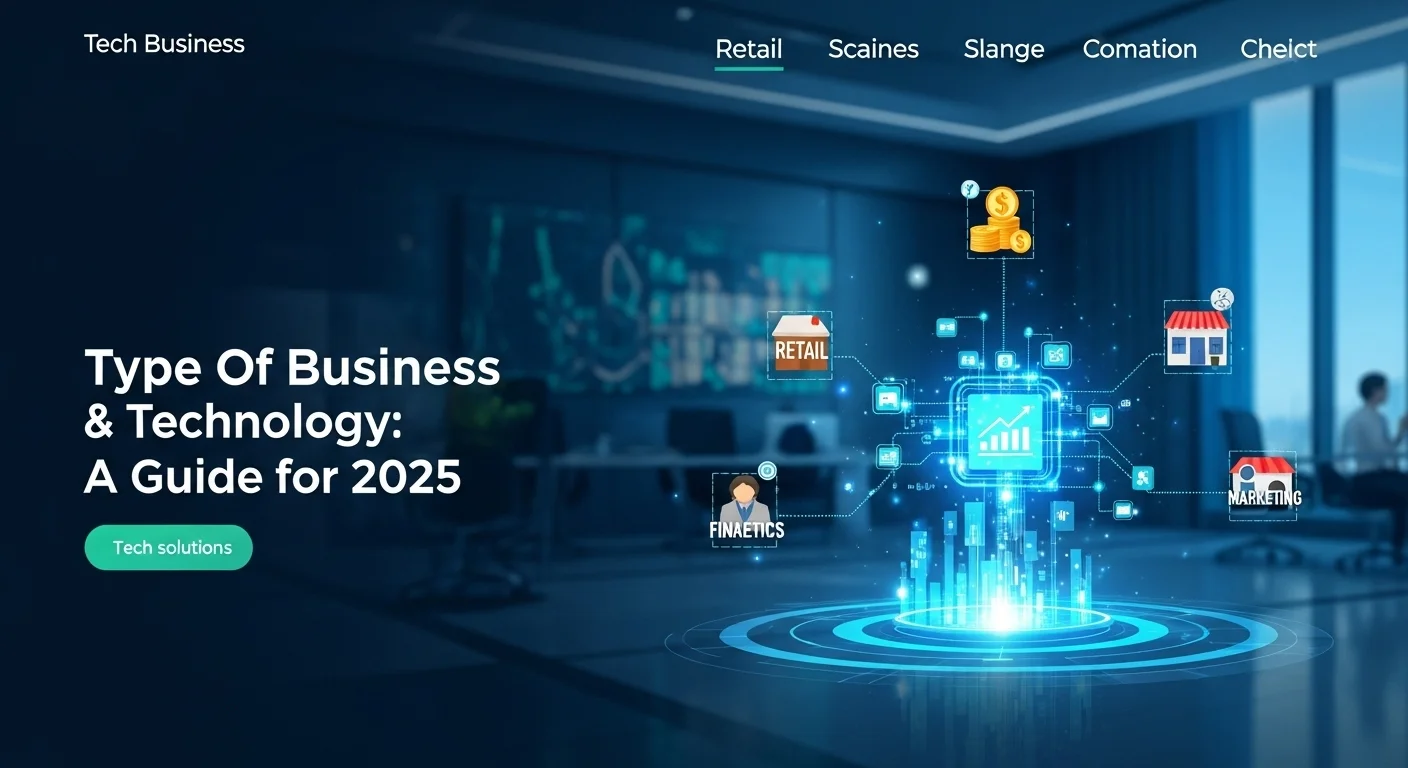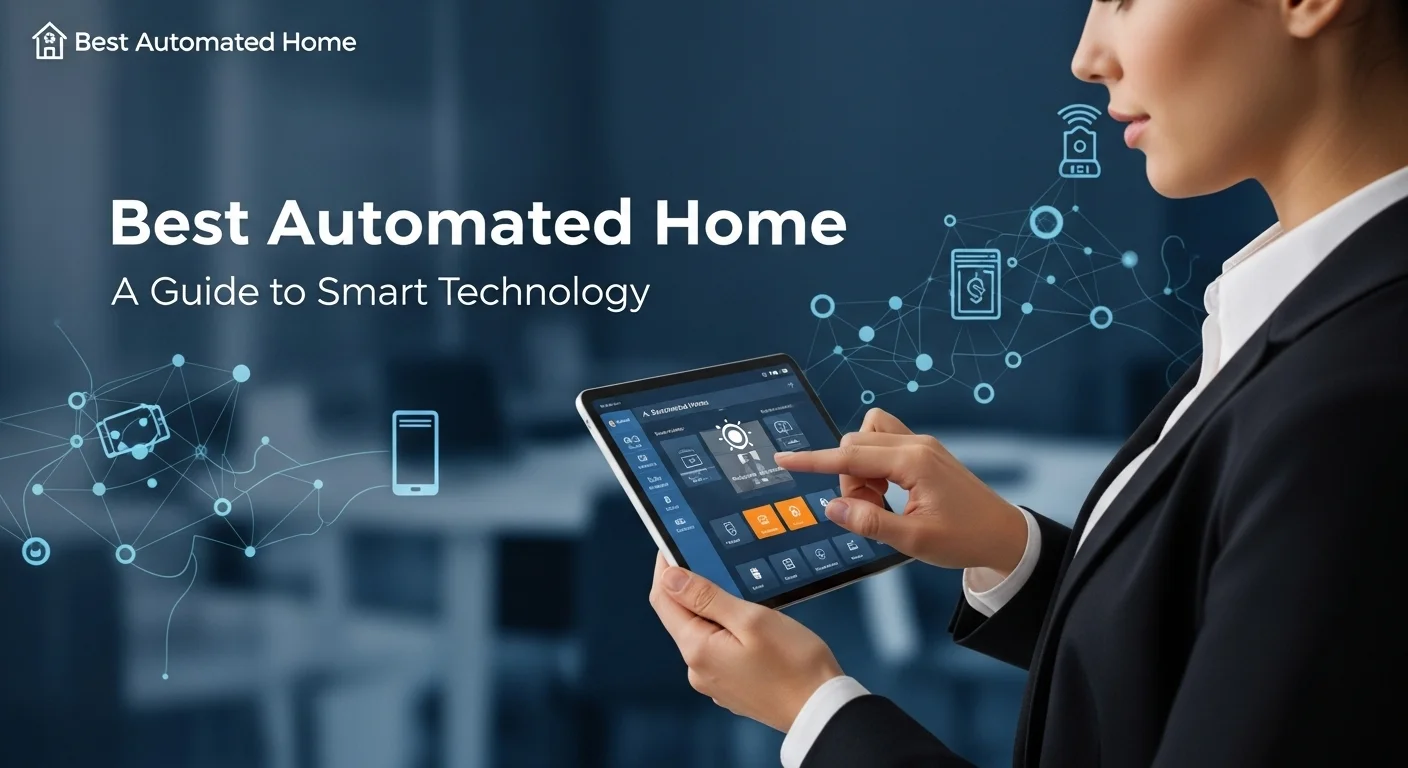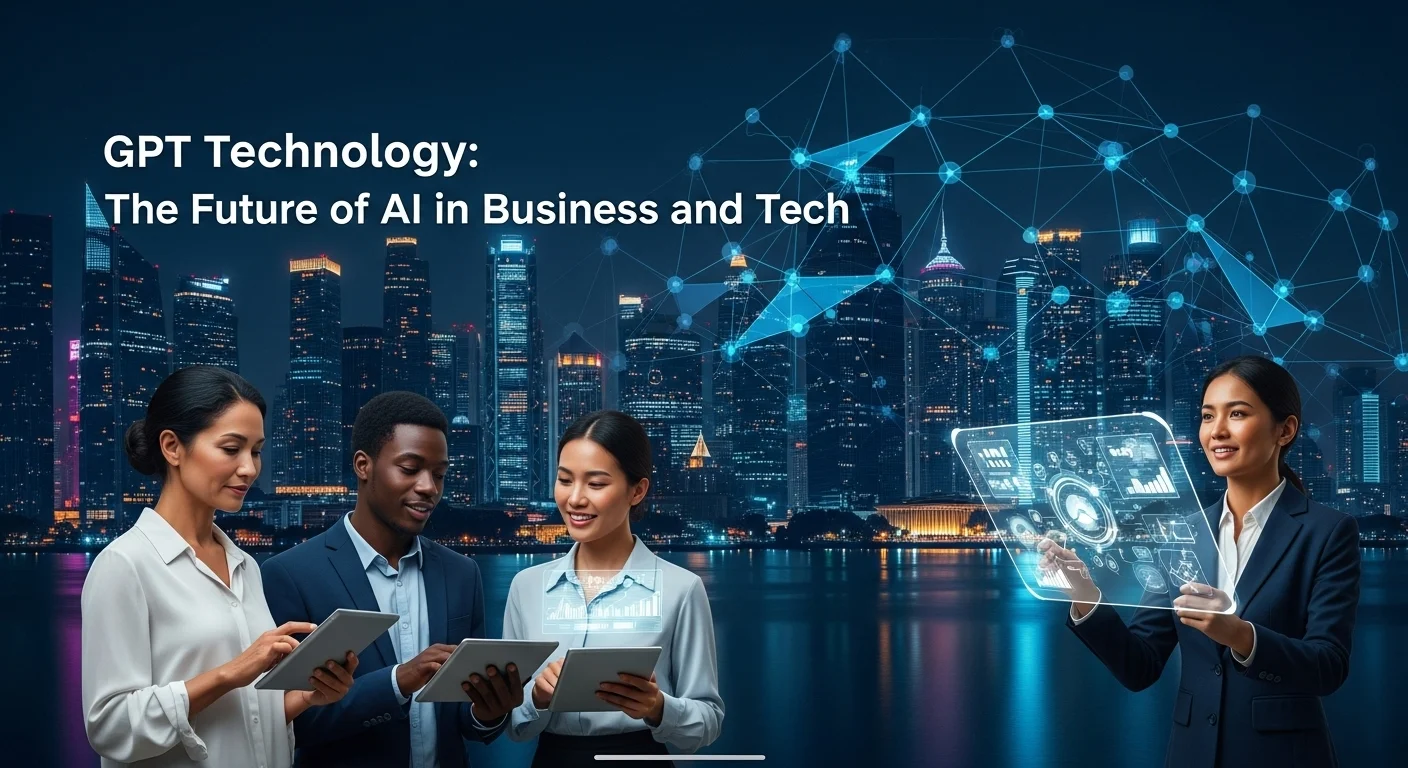What is Cloud Technology? A Practical Guide for Your Business
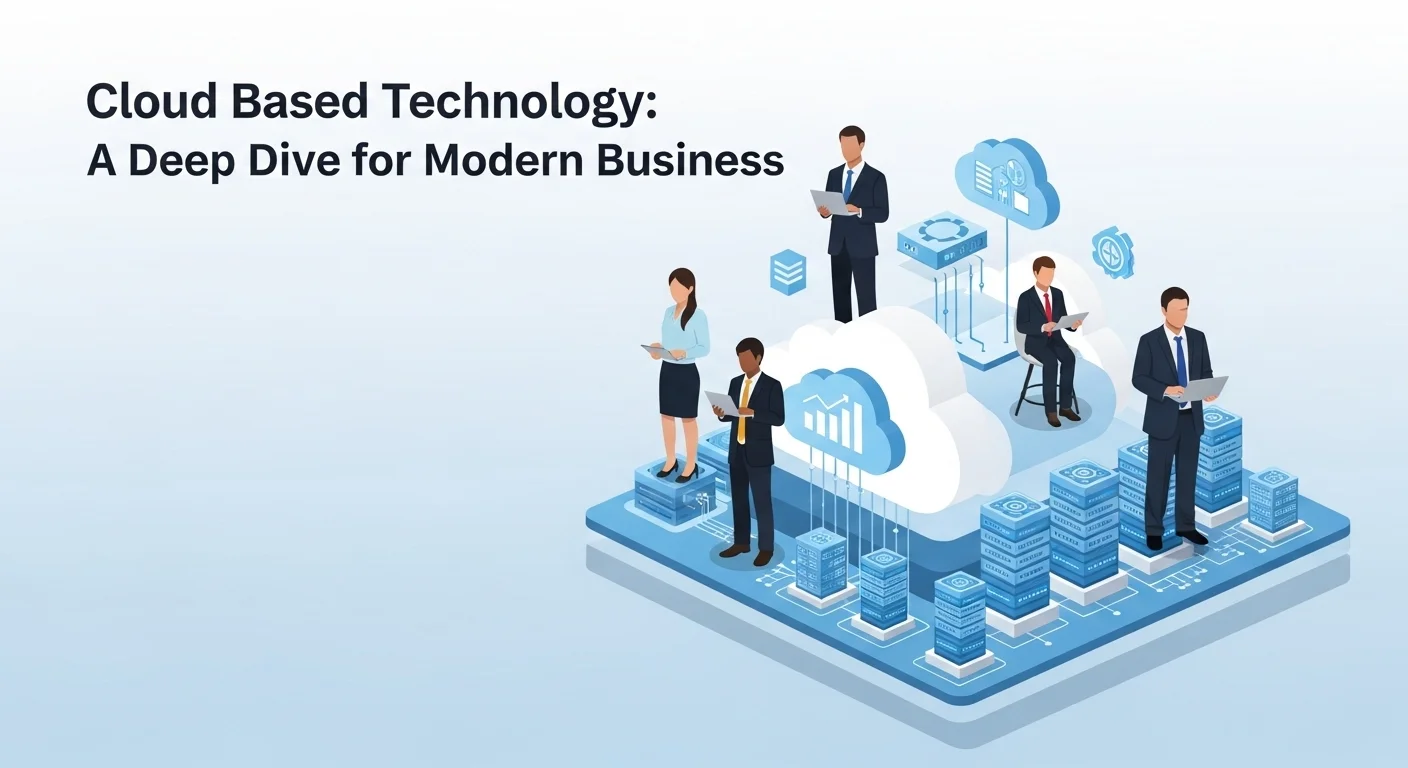
Executive Summary
Let's be honest, 'the cloud' can sound like a vague, futuristic concept. But I've spent over a decade helping businesses move into the cloud, and I can tell you it's the most practical, game-changing shift in technology I've ever seen. It’s not just for tech giants. It's about renting, not buying, incredible computing power. This article is your straightforward guide. We'll unpack everything from secure cloud storage that acts like a limitless hard drive, to tapping into powerful GPUs for demanding tasks, and even how to use cloud-based machine learning to get smarter about your business. We'll look at the big players and help you understand how this technology can make your business more agile, cost-effective, and competitive. Think of this as your first real conversation about what the cloud can do for you.
Table of Contents
Table of Contents
What is Cloud Technology and Why Does It Matter?
I remember a time, not too long ago, when starting a new venture meant spending a small fortune on physical servers before writing a single line of code. You had to buy them, house them, cool them, and pray they didn't fail. The cloud changed everything. In simple terms, cloud-based technology means you're accessing computing services—servers, storage, software—over the internet from a provider like Amazon Web Services (AWS) or Google Cloud. Instead of owning the hardware, you're renting it. This one shift has completely reshaped the business world.
Why is this so important? Agility. Before the cloud, if your website suddenly got popular, you'd have to scramble to buy more servers, a process that could take weeks. Now, you can scale your resources up or down in minutes. This elasticity means you only pay for what you use, turning massive upfront capital costs into predictable operational expenses. It leveled the playing field, allowing a small startup in a garage to use the same powerful, global infrastructure as a massive corporation. That's not just a tech upgrade; it's a business revolution.
The Core Components of Cloud Services
To really get a handle on the cloud, it helps to know about its three main 'flavors' or service models. I like to think of them with a simple analogy: building a house.
Infrastructure as a Service (IaaS): This is the most fundamental level. Think of it as leasing the land and foundation; you bring your own materials and build the house exactly how you want. With IaaS, you rent the basic building blocks: servers, networking, and storage. This is where a cloud-based hard drive (like Amazon S3) or a powerful cloud-based GPU for heavy lifting comes in. You have maximum control but also more to manage, like the operating system and security patches.
Platform as a Service (PaaS): This model is like renting a fully-equipped workshop. All the heavy machinery and tools—the servers, databases, and development environments—are provided and maintained for you. You just bring your project and start creating. PaaS is a dream for developers because it lets them build and run apps without worrying about the underlying infrastructure. It's also the perfect environment for services like cloud-based machine learning platforms, which provide the tools to build AI without starting from scratch.
Software as a Service (SaaS): This is the model you probably use every day. It's like moving into a fully furnished, all-inclusive apartment. You just bring your suitcase and start living. Services like Google Workspace, Salesforce, or Dropbox are SaaS. The provider handles everything—the software, the updates, the security. You just log in through a web browser and use it. It's the simplest way to use the cloud, offering convenience and ease of use.

A Practical Guide to Cloud Technology and Business Solutions
Once you understand the 'what', the next step is the 'how'. Choosing the right provider and services is crucial. It's not just a technical decision; it's a strategic one that will shape how your business operates and grows. Let's break down the major players and the core services you'll actually use.
Choosing Your Cloud Champion: AWS vs. Azure vs. Google Cloud
The cloud world is largely dominated by three giants. Having worked with all three, I can tell you they each have their own personality and strengths.
Amazon Web Services (AWS): The original pioneer and still the market leader. AWS's biggest advantage is its sheer, overwhelming selection of tools. If you can dream up a tech problem, AWS probably has a service for it. In my experience, startups and tech-forward companies often gravitate to AWS because of its maturity and vast ecosystem. Its cloud-based hard drive solution, S3, is the industry standard for object storage, and its EC2 instances offer endless configurations, including beastly cloud-based GPU options for AI and rendering.
Microsoft Azure: For any business already embedded in the Microsoft world (think Windows Server, Office 365), Azure feels like a natural extension. Its greatest strength is its hybrid cloud capability, allowing a seamless blend of on-premise servers and cloud resources. I've seen many large enterprises choose Azure because it makes their cloud transition smoother. It offers powerful equivalents for all the core services, from Blob Storage (its cloud-based hard drive) to N-series VMs for GPU-intensive work and a very user-friendly cloud-based machine learning studio.
Google Cloud Platform (GCP): Google's strength lies where you'd expect: data, analytics, networking, and machine learning. If your business is built on handling massive datasets or cutting-edge AI, GCP is a formidable choice. I've been consistently impressed by its BigQuery data warehouse and its AI Platform. They also developed Kubernetes, the gold standard for modern application deployment. Their expertise makes their cloud-based GPU and specialized TPU hardware a top pick for serious AI/ML projects.
A Technical Look at Key Cloud Services
Let's get practical and look at the tools you'll be working with.
Cloud Based Hard Drive (Cloud Storage): This is so much more than a digital filing cabinet. The key is choosing the right type for the job.
- Object Storage (e.g., AWS S3): Perfect for storing massive amounts of unstructured data—images, videos, backups. It's cheap, incredibly durable, and scales infinitely.
- Block Storage (e.g., AWS EBS): This acts like a high-speed hard drive attached directly to your virtual server. It's what you'd use for databases or applications needing fast, low-latency access.
- File Storage (e.g., AWS EFS): Think of this as a shared network drive in the cloud. Multiple servers can access and write to it at the same time, which is great for content management systems.
Cloud Based GPU (Accelerated Computing): A few years ago, having access to a supercomputer was a fantasy for most. Now, you can rent one by the hour. A cloud-based GPU is essential for:
- Machine Learning: Training complex AI models can take days or weeks on a normal CPU. GPUs cut that time down dramatically.
- Scientific Simulation: From financial modeling to drug discovery, GPUs accelerate the complex math required for these tasks.
- Video & Graphics: Rendering 3D models or transcoding high-resolution video is incredibly fast with cloud GPUs.
Cloud Based Monitoring: In a complex cloud system, flying blind is a recipe for disaster. You can't fix what you can't see. Good monitoring (using tools like Datadog, CloudWatch, or Azure Monitor) is non-negotiable. It gives you visibility into the health and performance of your entire system, helping you spot problems before your customers do. Effective cloud-based monitoring is your early warning system for everything from performance bottlenecks to security threats.
Cloud Based Machine Learning: The cloud has made AI accessible to everyone. These platforms provide an end-to-end toolkit to:
- Prepare Data: Ingest and clean massive datasets stored on your cloud-based hard drive.
- Train Models: Use scalable computing power, often with powerful cloud-based GPU clusters, to build your AI models.
- Deploy AI: Turn your trained model into a simple API that your applications can use to make intelligent predictions in real-time.
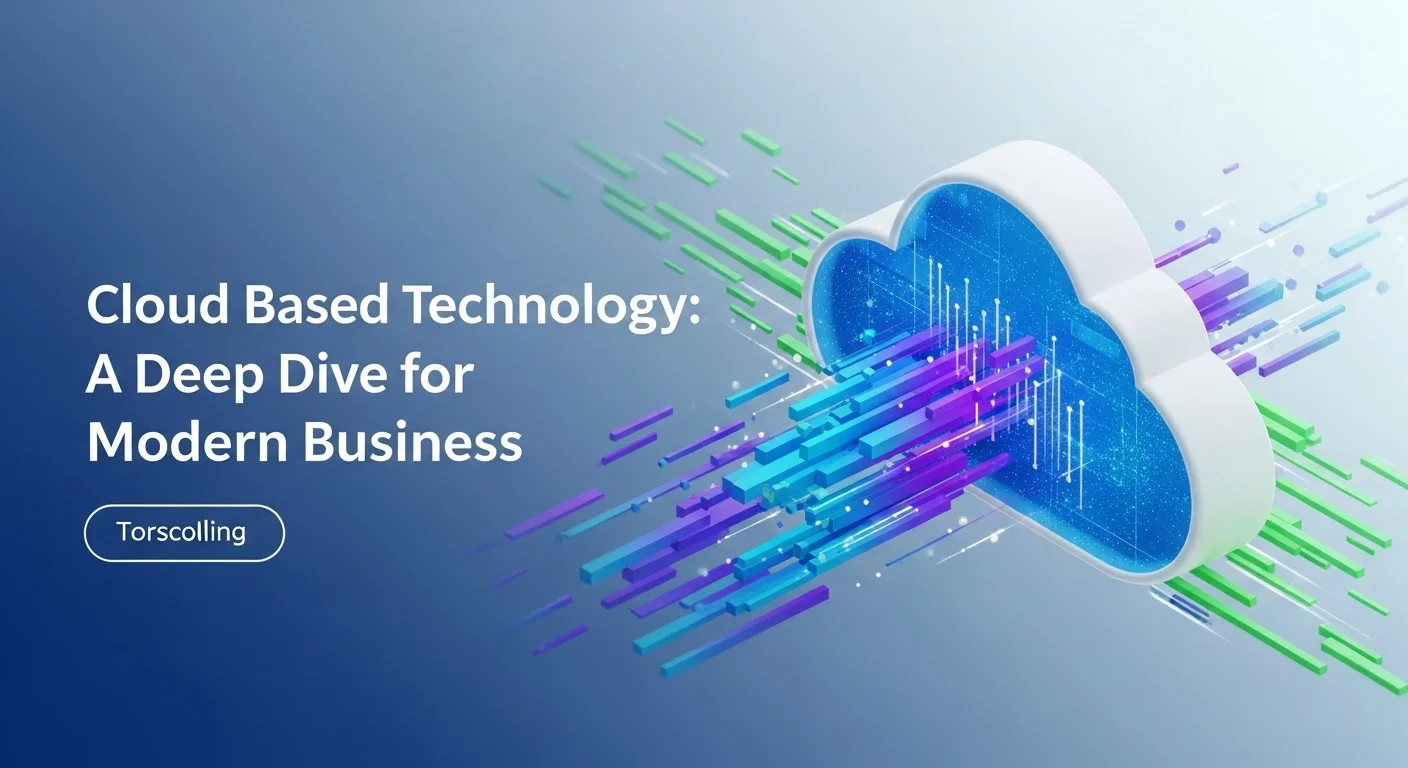
Actionable Tips for Mastering Your Cloud Experience
Getting onto the cloud is the first step. Thriving there requires a different mindset. It’s about continuous improvement in security, cost management, and operations. Over the years, I've seen companies make the same mistakes over and over. Here are some hard-won lessons to help you avoid the common pitfalls and truly make the cloud work for you.
Don't Get Hacked: Essential Cloud Security Habits
Cloud security is a partnership. Your provider secures the cloud itself, but you are responsible for securing what you put *in* the cloud. Don't take this lightly.
1. Lock Down Your Access (IAM): This is your front door. Always follow the principle of 'least privilege'—give users and applications the absolute minimum permissions they need. Enforce Multi-Factor Authentication (MFA) everywhere, especially for admin accounts. It’s a simple step that foils the majority of account takeover attempts.
2. Encrypt Everything, No Excuses: Data should be protected whether it's moving or sitting still. Use encryption for data in transit (SSL/TLS) and at rest. On your cloud-based hard drive services, you can enable server-side encryption with a single click. Do it. For highly sensitive data, manage your own encryption keys for an extra layer of control.
3. Build Virtual Fortresses: Use Virtual Private Clouds (VPCs) to create isolated network segments for your resources. Think of them as digital moats. Use security groups (virtual firewalls) to strictly control what traffic can get in and out. Never, ever expose management ports like SSH or RDP directly to the internet. Use a secure bastion host or VPN instead.
4. Use Monitoring as Your Watchdog: Your cloud-based monitoring tools are incredible for security. Set up alerts for suspicious activity, like someone trying to access sensitive data or a sudden spike in login failures. Services like AWS GuardDuty use machine learning to detect threats you might miss. This is your 24/7 security guard.
Controlling the Bill: Smart Cost Optimization Strategies
I've seen so many teams get a shocking first cloud bill because they treated it like their old data center. The pay-as-you-go model requires active management.
1. Stop Over-Provisioning: This is the most common money-waster. Use your cloud-based monitoring data to see how much CPU and memory your servers are actually using. If a machine is consistently at 10% utilization, shrink it! This is especially true for expensive cloud-based GPU instances. Don't pay for a Ferrari when a Toyota will do the job.
2. Pick the Right Payment Plan: On-demand pricing is the most expensive. If you have a workload that runs 24/7, commit to a one- or three-year Reserved Instance or Savings Plan. The discounts are huge—often over 60%. For tasks that can be interrupted, like some data processing or AI training jobs, use Spot Instances. They use spare cloud capacity and can save you up to 90%, but be prepared for them to be taken away with little notice.
3. Automate Shutdowns & Go Serverless: Are your development and test environments running all weekend? Write a simple script to shut them down automatically. Better yet, embrace serverless computing (like AWS Lambda). With serverless, you don't have servers to manage at all. You pay only for the exact compute time you use, down to the millisecond. It's the ultimate in cost efficiency for many workloads.
4. Manage Your Data Hoarding: Storage is cheap, but it adds up. Set up lifecycle policies on your cloud-based hard drive to automatically move old, rarely accessed data to cheaper 'cold' storage tiers. It’s still accessible, just a bit slower and a lot less expensive. And please, clean up old snapshots and unattached disk volumes. They're silent budget killers.
Expert Reviews & Testimonials
Sarah Johnson, Business Owner ⭐⭐⭐
Good information, but as a business owner, I would have loved to see more real-world case studies for small businesses like mine.
Mike Chen, IT Consultant ⭐⭐⭐⭐
A solid overview of cloud technology. It cleared up a lot for me, though a few of the more technical bits could have been broken down even further.
Emma Davis, Tech Expert ⭐⭐⭐⭐⭐
Fantastic article! As a tech specialist, I found it comprehensive and clear. It was a huge help for my work, and I understood every part perfectly. Highly recommended.

